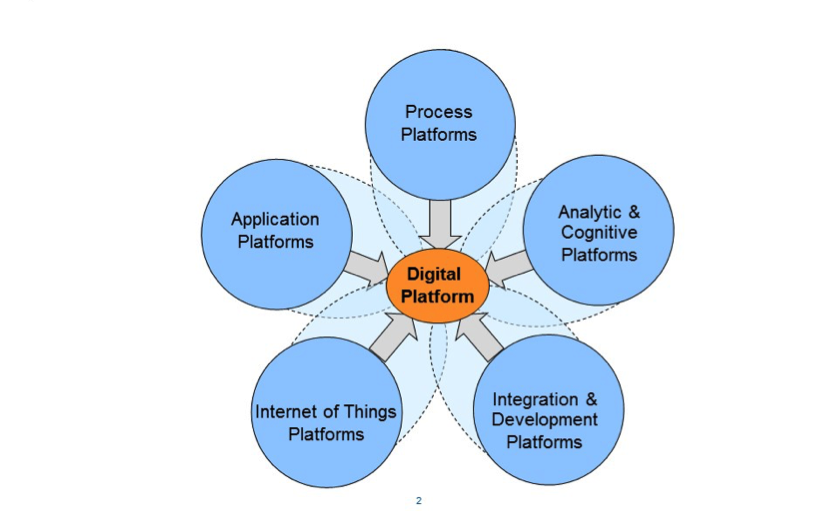
Recently I published two blogs about digital business and digital platform. The first defined digital business, and the second described the components of a digital business platform. Now, it is time to investigate TIBCO and the digital business platform. This post will not be an inventory of all of the technologies provided by TIBCO, but a list of strengths to consider in creating your organization’s digital business platform.
Traditionally, TIBCO was known for its strong integration capabilities. However, over time, TIBCO has either built or bought significant technology assets that can be used stand alone or in combination with other technologies. Recently, TIBCO has embarked on integrating some of its technology assets and expanding base capabilities to provide for the complete Digital Business Platform (DBP).
Process Platform Strengths
TIBCO has been great at automating structured processes for efficiency and cost savings. While this theme continues in business, the need to adapt to the new digital world is gaining in priority for TIBCO’s clients and prospects. To that end, TIBCO has designed a process capability that can support elastic organizations that have to support emerging conditions and work streams. TIBCO’s recent process offering can speed up the development, execution, and visibility of organizations’ processes. With a model-driven, composition development environment, customers can visually create processes and cases to manage a variety of works styles. With a native visual-dashboard-focused operations approach, cases and processes can be managed and changed dynamically in the new digitally competitive world.
Analytic & Cognitive Strengths
One of TIBCO’s consistent strengths has been visual analytics for all forms of data, but TIBCO also pioneered Fast Data. For organizations that are trying to intercept their competition and markets, TIBCO has both speed of cognition and predictive capabilities that go a long way for organizations that play competitively in the digital world. Combined with the business-friendly approach to predictive and actionable analytics, this is a strong differentiator for TIBCO.
Integration & Development Strengths
TIBCO has unparalleled abilities to handle a wide range of data, event, and system sources to create an integrated approach to the faster pace of business. The number and diversity of adapters in TIBCO’s portfolio is unparalleled, and the robustness of the integration platform puts it as a leader in many integration categories. The recent delivery of fast development and composition environments makes TIBCO a solution worthy of serious consideration.
Internet of Things (IoT) Strengths
TIBCO has a significant ability to sense signals and patterns. Detecting any change in state that is sensed in the IoT which may give an organization the opportunity to analyze, decide, or act on a change, is a deep competency. There are many examples where TIBCO has enabled RFID, sensors, signals and patterns for advanced automation, applications, and processes. This can be leveraged for adaptive case management and fast data triggering of process actions.
Application Strengths
TIBCO has application assets, particularly around customer loyalty and rewards. Over the long term, I expect a growth in this area of competency. With TIBCO’s strong development and composition capabilities, the emergence of application frameworks, models, and components is highly likely in the next few years.
Net; Net
For organizations that are trying to differentiate their business by being quicker to recognize, decide and act to gain an advantage, TIBCO has a compelling story when the powerful combination of TIBCO technologies is considered.






